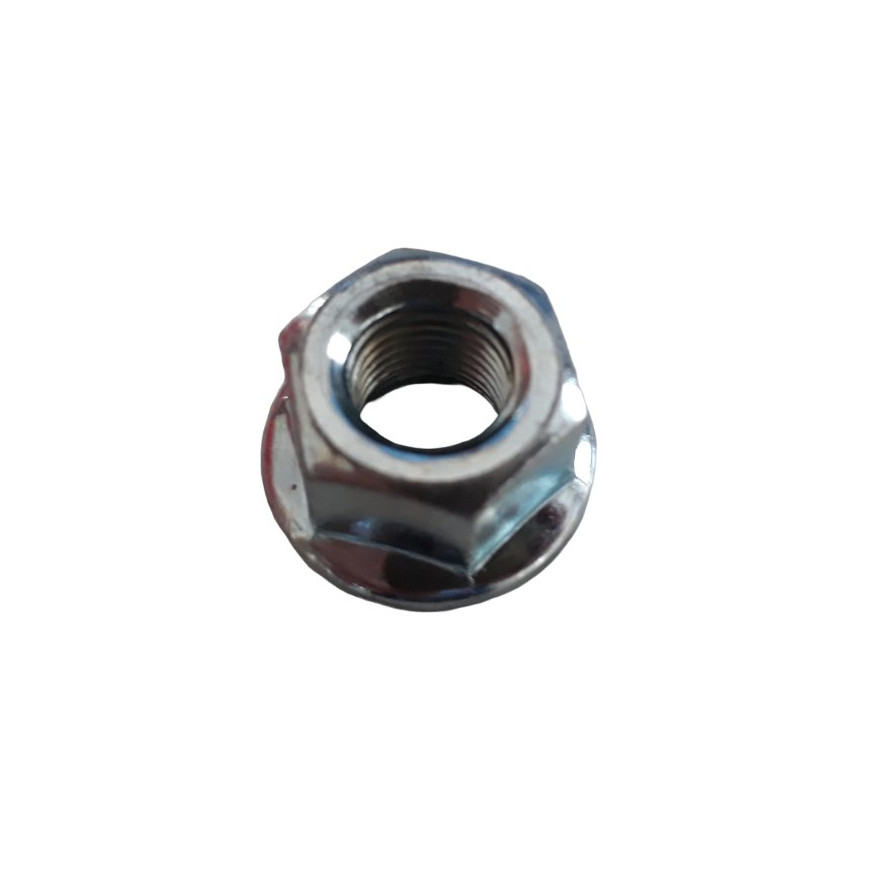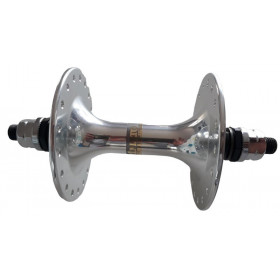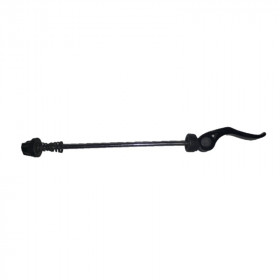 zoom_in
zoom_in
Wheel nut for axle
- 48 Items
- New
€0.99 VAT included
Bike wheel bolt: a small part with a big role
When it comes to maintaining or repairing a bicycle, most people think of tires, spokes, or the hub. But one small, often overlooked component plays a crucial role in both safety and performance: the bike wheel bolt.
What is a bike wheel bolt used for ?
The bike wheel bolt secures the wheel to the frame — whether at the front (fork) or rear (dropouts and stays). It keeps the wheel aligned and prevents movement during pedaling, braking, or riding on rough terrain.
Without this small part, you simply can’t ride safely. A loose or damaged bolt can cause misalignment, derailment, or even an accident.
Key features of a bike wheel bolt
Thread and diameter
The bolt's thread must match the wheel axle. Standard diameters are typically M9, M10, or M12, depending on the bike type (MTB, road bike, city bike, kids’ bike...).
Length
Bolt length varies based on the frame dropout thickness and axle type. Too short, it won’t secure the wheel properly. Too long, and it may interfere with components like the derailleur or disc brakes.
Materials
Wheel bolts are often made of stainless steel to withstand moisture, rust, and mechanical stress. Higher-end models can be made of titanium or aluminum, offering excellent strength while reducing weight.
Bolt head type
Wheel bolts may feature a standard hex head or security-type heads (like Torx or unique Allen heads) to prevent wheel theft, especially in urban environments.
Types of wheel fastening systems
Bike wheel bolts are primarily used in two systems:
-
Solid axle with nuts: A traditional setup using two bolts (one on each side). Reliable and simple, this is common on city bikes, fixies, and children’s bikes.
-
Thru-axle or quick release systems: These use a cam lever to remove the wheel without tools. Though less visible, the concept remains the same: secure the wheel firmly in place.
When and why should you replace a bike wheel bolt ?
-
If the bolt is worn, rusty, or the threads are damaged.
-
After an accident or significant impact — better safe than sorry.
-
For style or performance upgrades — like a lighter bolt or one with anti-theft protection.
Maintenance tips
-
Regularly check bolt tightness, especially if you ride MTB or gravel.
-
Clean them when washing your bike, particularly after wet or muddy rides.
-
Apply a dab of grease or anti-seize compound to ease removal and prevent corrosion.
In summary
The bike wheel bolt may be a small piece, but it’s vital for securing your wheel and ensuring rider safety. Choosing the right bolt — solid, rust-resistant, and properly tightened — gives you peace of mind on the road or trail.
Make it a habit to inspect your wheels, rims, axles, and bolts during routine maintenance. It’s a small check for a big difference !





